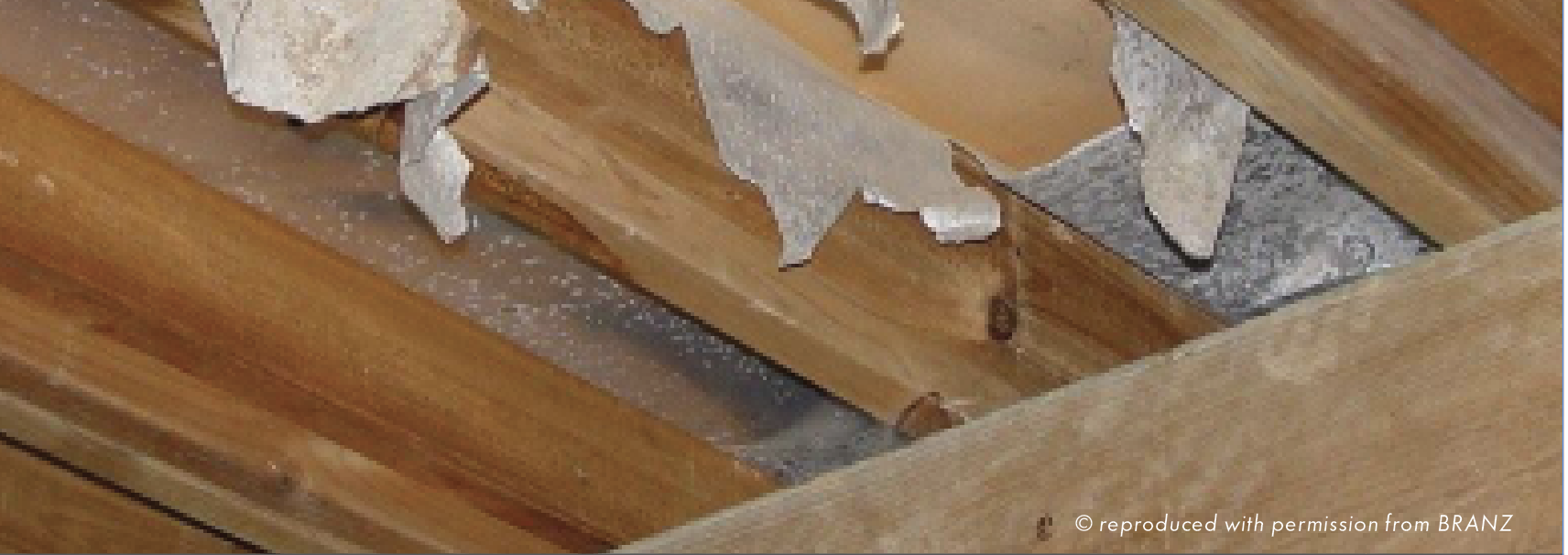Rethink retrofitting foil insulation
01 Jun 2016, Building and housing, Featured, Prove Your Know How

MBIE proposes ban on retrofitting foil insulation in residential buildings
The Ministry of Business Innovation and Employment is beginning consultation on a proposal to issue a ban, under section 26 of the Building Act, which will prevent people retrofitting residential buildings with foil insulation.
The proposed ban is a result of safety concerns raised by submitters during consultation proposed changes to the Residential Tenancies Act 1986, which will require insulation and smoke alarms in rental properties. The concerns centred on the risks posed by foil insulation products.
The risk with retrofitting foil insulation is that the person installing it could accidentally pierce a live electrical cable with the fasteners (eg, staples or nails) that they are using to attach the foil to the building structure.
The foil, being metallic, can become live if it comes into contact with live electrical wiring. To date, there have been five reported deaths in New Zealand caused by electrocution associated with foil insulation in a residential building, as well as one reported non-fatal electric shock.
The proposed ban will relate to the installation of foil insulation in existing residential buildings only – not to its installation in new buildings, as the method of installing the foil is different and there is usually no electrical installation in the building at that point of construction.
The ban is proposed to be in place by 1 July 2016, when the changes to the Residential Tenancies Act come into force.
As the Residential Tenancies Act will require landlords to assess the extent of insulation in their buildings, MBIE expects landlords and tenants will be getting under their floors to conduct checks on existing insulation. This could pose an electrocution risk if existing foil insulation has been incorrectly installed and the underfloor area is live.
WorkSafe NZ has developed proposed guidance on electrical safety and the safety risks around working with, and removing, existing foil insulation. WorkSafe is currently consulting on this guidance and intends for it to be finalised by 1 July 2016.
Anyone concerned about how to work around foil insulation in the meantime should consult WorkSafe’s proposed guidance or employ a registered electrician.
Ban on foil insulation in new buildings being considered
MBIE is also working on changes to its Building Code Acceptable Solution H1/AS1, which currently includes foil insulation as a means of complying with the Building Code for underfloor insulation. The proposed changes to H1/AS1 will remove the ability to use foil insulation as an Acceptable Solution. These changes will be consulted on from June and are intended to be in place by the end of this year.
First-time ban
Section 26 of the Building Act allows the Chief Executive of MBIE to issue a warning about, or ban the use of, a building method or product if he/she considers on reasonable grounds that the use of that building method or product has resulted in, or is likely to result in, a building or building work failing to comply with the Building Code. This would be the first time that a ban has been issued under the Building Act.
More generally, information about the standards that must be complied with when installing insulation, under changes to the Residential Tenancies Act, is included in Standard NZS 4246 Energy Efficiency – Installing Insulation in Residential Buildings. Standards NZ are currently revising this standard and beginning the final consultation round on it.
What should I do when working near foil insulation?
- Ensure all power is switched off at the main switchboard before you start any work. You always need to be careful when accessing a confined space where there is any electrical wiring, appliances or electrical cabling present.
- Wiring could be old, hidden, or damaged, or metallic staples may have been incorrectly used when fixing foil.
- The draft Electrical Code of Practice sets out good practices on how to work safely when installing new foil insulation, and working with it already in situ.
- Anyone concerned about how to work around foil insulation in the meantime should consult WorkSafe’s proposed guidance or employ a registered electrician.
What are the proposed changes to the Residential Tenancies Act?
Changes that would be required from 1 July 2016:
- All rental properties have smoke alarms.
- All new tenancy agreements include a statement of the extent and safety of insulation in the property.
- Any replacement or installation of insulation in a rental property meets the required standard.
- All social houses where the tenant pays an Income Related Rent has underfloor and ceiling insulation, meeting the required standard where it can be practically installed.
And from 1 July 2019: - All rental properties have underfloor and ceiling insulation, meeting the required standard where it can practically be installed.
Register to earn LBP Points Sign in



